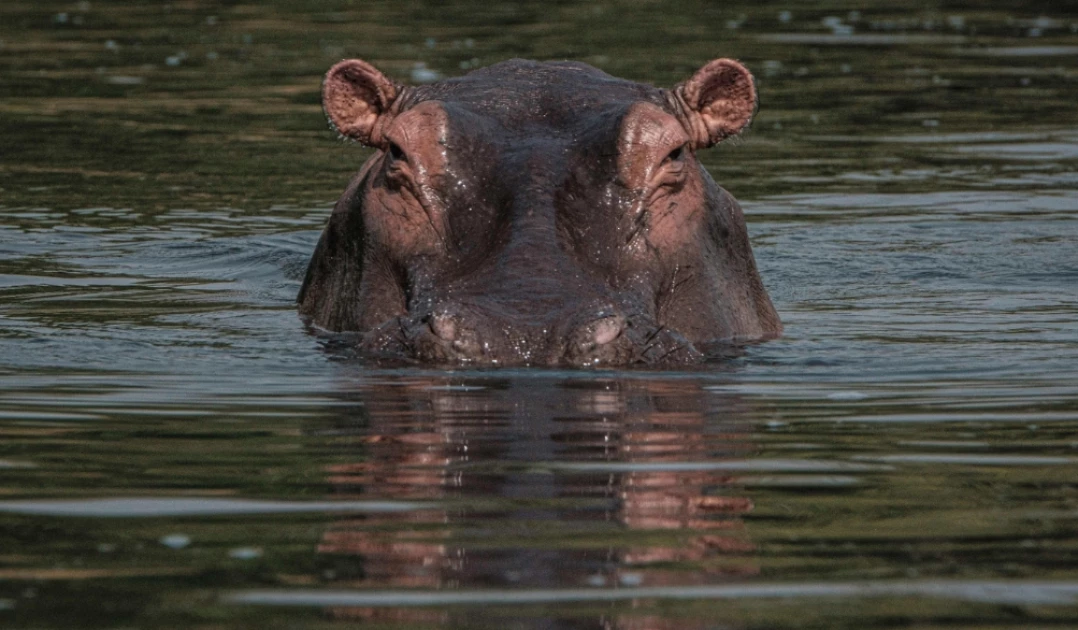Thousands of residents in Naivasha’s Kihoto informal settlement are living in fear as floodwaters from Lake Naivasha continue to rise, forcing hippos into residential areas and increasing the risk of waterborne disease outbreaks.
More than 3,000 households — about 15,000 people — have been affected, with many still living in partially submerged homes because they lack money to relocate.
According to area MCA Alex Mbugua, this year’s floods have destroyed homes, blocked sewer systems, and contaminated toilets, putting residents at serious risk of cholera and other waterborne illnesses.
“People here are living in constant fear. Hippos roam freely, and school-going children are the most exposed. We need urgent action before lives are lost,” said Mbugua.
Residents are calling on the government to compensate property owners — many of whom hold valid title deeds issued by government agencies — and help them move to safer areas.
Local resident Josiah Okumu said the situation is worsening daily:
“We face attacks from hippos that have made our flooded homes their new habitat. Children can no longer walk to school safely. We also fear cholera because all toilets are flooded.”
Another resident, Rose Adayo, said the floods have crippled small businesses, leaving many families without an income and unable to move.
“We have no way of feeding our children or finding new houses. The government must step in and support us,” she said.
Public health officials have warned that without urgent intervention — including drainage improvements, temporary shelter, and medical support — the area could experience a major health crisis.
The flooding in Naivasha has become an almost annual disaster, worsened by climate change and poor urban planning. Environmentalists have urged authorities to develop a long-term resettlement plan and enforce zoning laws to prevent future human-wildlife conflict in flood-prone areas.



